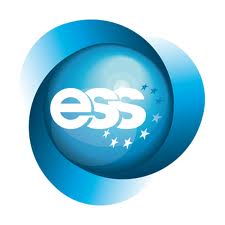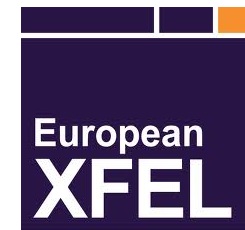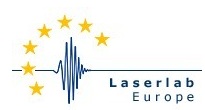EU Projects
|
HL-LHC: High Luminosity Large Hadron Collider |
 |
|
TIARA: Test Infrastructure and Accelerator Research Area |
|
Accelerator Projects
|
CLIC:Compact Linear Collider |
 |
| ESS: European Spallation Source The European laboratory ESS in Lund, Sweden, is a third generation neutron source, based on spallation. The superconducting linac accelerates a very high intensity proton beam that hits a target to produce a neutron beam. Neutrons are excellent probes for materials, from molecules to medicines, from plastics to proteins. As with synchrotron light sources, the domains of application of neutron sources are very large and directed towards research and industry. |
 |
|
European XFEL: X-ray Free-Electron Laser |
 |
| FAIR: Facility for Antiproton and Ion Research In Darmstadt, Germany, a new international accelerator complex, FAIR , eventually based on eight rings and two linear colliders, is under construction for its first phase. Its goal is to gain new insight into nuclear matter by providing ion beams at the intensity frontier, and increased energy, brilliance and beam power. |
 |
|
FCC : Future Circular Collider |
|
|
ILC: International Linear Collider |
 |
| Laserlab: The Integrated Initiative of European Laser Research Infrastructures Laserlab-Europe is in the third phase of its successful cooperation: the Consortium now brings together 28 leading organisations in laser-based inter-disciplinary research from 16 countries. Together with associate partners, Laserlab covers the majority of European member states. 20 facilities offer access to their labs for European research teams. |
 |
